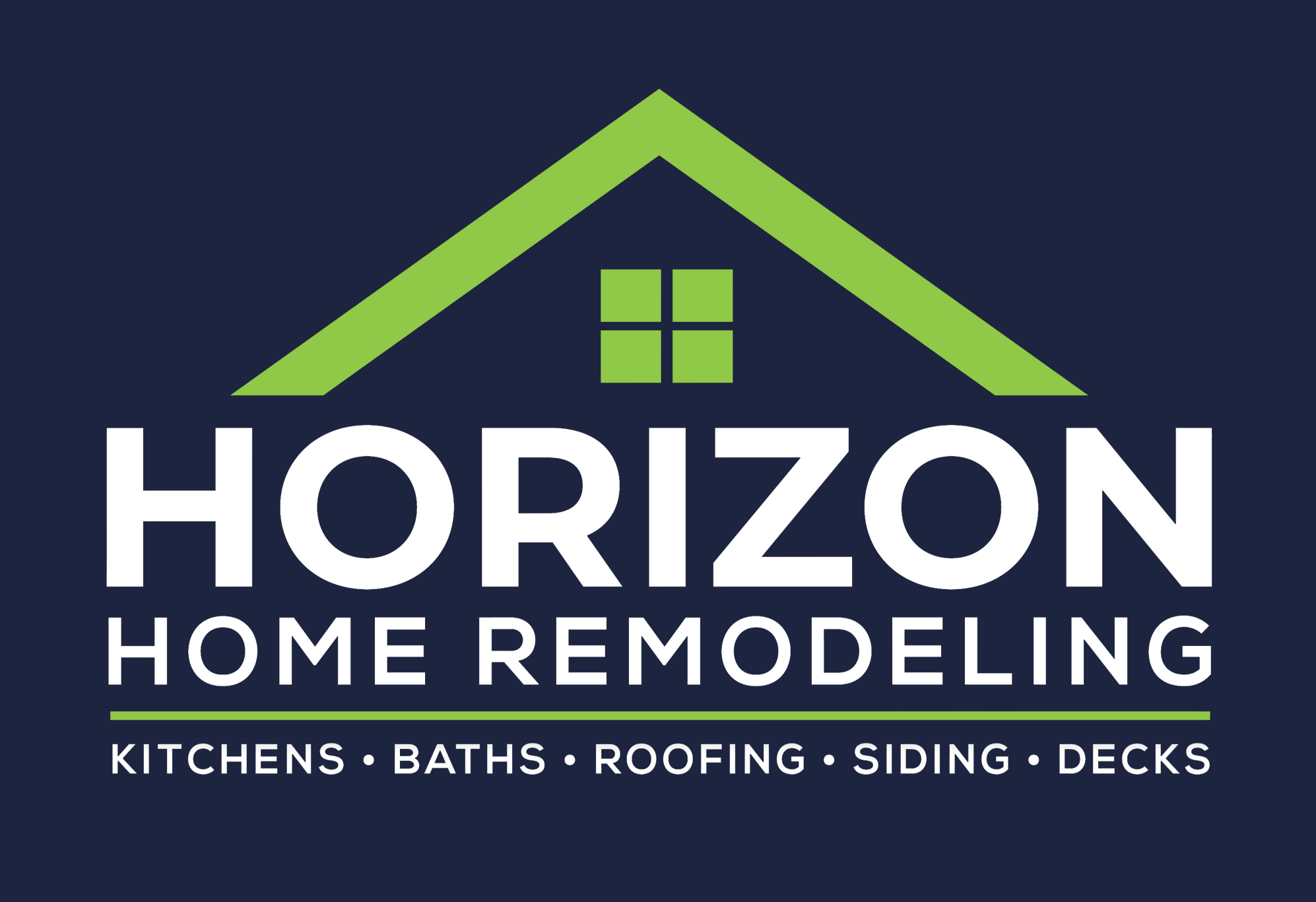Kitchen remodeling is one of the most rewarding yet complex home improvement projects one can undertake. A well-planned kitchen renovation can enhance the functionality of the cooking space, increase property value, and bring joy to home chefs. However, poorly executed renovations can lead to significant time delays and unexpected costs. In this article, we will explore the top 10 kitchen remodeling mistakes to avoid, ensuring your project remains on track and within budget.
1. Neglecting to Set a Realistic Budget
Setting a budget is the cornerstone of any remodeling project. Unfortunately, many homeowners either underestimate the costs or fail to allocate a budget at all. This can result in overspending and financial strain.
- Failure to Factor in Hidden Costs: Things like plumbing and electrical upgrades, or unexpected structural problems, can add to initial estimates.
- Not Including Labor Costs: Contractors’ fees can take a substantial portion of the budget, often overlooked in initial calculations.
According to a report from Remodeling Magazine, a kitchen remodel can recoup about 50%-70% of its investment, but only if the costs are well-managed.
2. Ignoring the Kitchen Work Triangle
The work triangle refers to the optimal layout between the sink, stove, and refrigerator. A poor design can make cooking cumbersome and inefficient.
- Distance Matters: The ideal distances between these three points should be between 4-9 feet. A layout that doesn’t accommodate this can lead to a frustrating cooking experience.
- Lack of Flow: A cramped layout can hinder movement, making the kitchen feel smaller than it is.
A case study published by the National Kitchen and Bath Association (NKBA) emphasizes that homes with efficient work triangles are more likely to appeal to potential buyers.
3. Forgetting About Storage
Many homeowners focus on aesthetics, but overlooking storage solutions can lead to a cluttered kitchen. Proper storage is essential for functionality.
- Inadequate Cabinet Space: Insufficient cabinets may necessitate more frequent reorganizing, diminishing efficiency.
- Poor Use of Vertical Space: Utilizing wall space with shelves or hanging racks can dramatically increase storage options.
In fact, a survey conducted by Houzz found that 54% of homeowners regretted not including enough storage in their kitchens.
4. Choosing the Wrong Materials
The materials you choose can profoundly impact both the aesthetics and functionality of your kitchen.
- Durability Over Design: Opting for cheaper, less durable materials can lead to higher replacement costs in the long run.
- Mismatch in Style: Choosing materials that clash with the overall home aesthetic can impact resale value.
Always consult with a design professional to ensure your material choices are both practical and appealing. For instance, quartz countertops may be more expensive upfront but typically last longer than cheaper laminate options.
5. Ignoring Lighting Design
Good lighting plays a crucial role in kitchen functionality. Poor lighting can affect both cooking and socializing.
- Lack of Task Lighting: General lighting is not enough for tasks like chopping or reading recipes. Failing to include under-cabinet lights can lead to frustration.
- Overly Harsh Lighting: Bright LED bulbs can be unflattering; consider a mix of ambient, task, and accent lighting for a balanced design.
According to a report by the American Lighting Association, kitchens with layered lighting designs are seen as more inviting by 87% of homeowners.
6. Skipping the Planning Phase
Proper planning sets the stage for a successful remodel. Skipping this step often leads to confusion and last-minute changes.
- Insufficient Research: Not exploring design trends or local building codes can result in suboptimal designs or legal complications.
- Failure to Prioritize Needs: Failing to distinguish between “wants” and “needs” can complicate decision-making.
Taking time to create a comprehensive plan can save both time and money. A well-thought-out project timeline will help manage your expectations.
7. Neglecting Energy Efficiency
In an age of increasing energy costs, ignoring energy-efficient appliances and fixtures can be a costly mistake.
- Not Considering Energy Star Appliances: Investing in energy-efficient models can save you money over time through reduced utility bills.
- Inadequate Insulation: Poorly insulated spaces can lead to increased heating and cooling costs.
A study by the U.S. Department of Energy highlights that energy-efficient appliances can cut energy use by up to 30% compared to older models.
8. Over-Customization
While personalizing your kitchen is essential, over-customization can limit the home’s appeal in the market.
- Niche Features: Custom elements that appeal to your unique taste may not resonate with future buyers.
- Saver on Resale Value: Excessive spending on custom designs may not yield a return on investment.
It’s advisable to keep a balance between personal touches and universal appeal. Neutral colors and classic designs tend to attract a broader audience.
9. Skimping on Professional Help
Kitchen remodeling projects can be complex and often require a team of professionals including designers, contractors, and electricians.
- DIY Pitfalls: Many homeowners attempt to cut costs by doing it themselves. However, this can lead to mistakes that are expensive to fix.
- Lack of Experience: Professionals bring expertise that can prevent common mistakes and inefficiencies.
Research from the National Association of Home Builders suggests that homes renovated by professionals typically result in more satisfying outcomes than DIY alternatives.
10. Failing to Plan for Future Needs
Finally, a common oversight is not considering future needs. Life changes, like starting a family or welcoming elderly relatives, may necessitate additional functionality in the kitchen.
- Unsuitable Layout for Growing Families: Designing with only current requirements in mind can result in inefficiencies later.
- Lack of Flexibility: Opting for rigid designs may restrict adaptability as demands change.
Predicting future needs can significantly extend the lifespan and usability of your kitchen remodel.
Conclusion
Kitchen remodeling can be a daunting task filled with potential challenges. By avoiding these ten common mistakes, you will increase your chances of a successful kitchen renovation that is both functional and aesthetically pleasing. Remember, effective planning, budgeting, and consultation with experts can save you time and money. Ensure that your new kitchen fulfills not only your current needs but also has the flexibility to adapt as your lifestyle changes. The kitchen is often the heart of the home; invest wisely, and it will pay off.



